T cell receptors (TCRs) expressed on the surface of T cells specifically recognise and bind to complexes of major histocompatibility complex (MHC) molecules and peptide fragments expressed on the surface of antigen-presenting cells. CD8+ T cells, also called cytotoxic T
Cardiovascular Research Tools by Caltag Medsystems
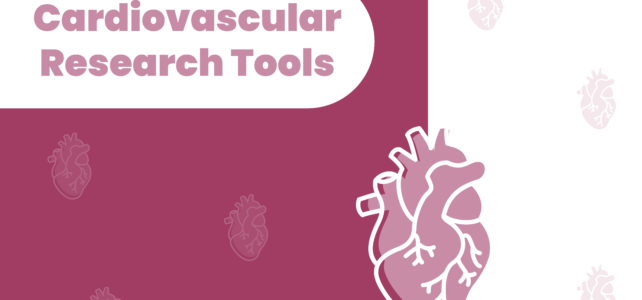
Take a look at our range of cardiovascular products to help discoveries in your research.
NanOZ-LNP Lipid Nanoparticles
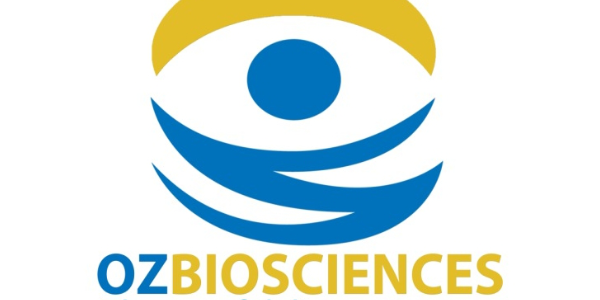
OZ Biosciences provides custom and stock lipid nanoparticles (LNP) delivery systems.
Neuroscience Research Tools by Caltag Medsystems
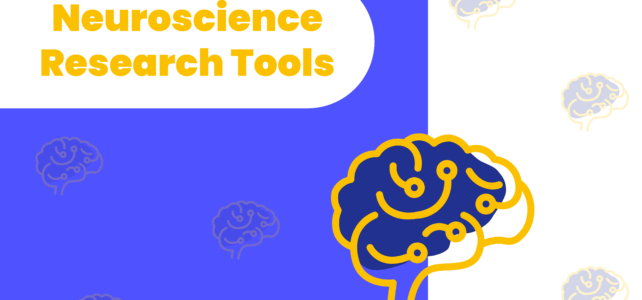
The brain continues to be one of the least understood organs, and we continue to support you change this fact with our neuroscience products!
Cancer Research Tools by Caltag Medsystems
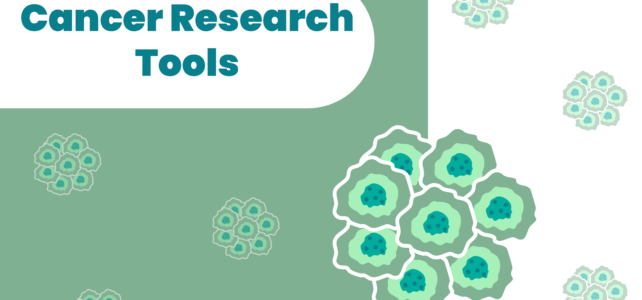
With 1 person dying of cancer every 4 minutes, there is a need for more research. Explore our cancer research products to help change these statistics.
Cell & Gene Therapy Tools from Caltag Medsystems
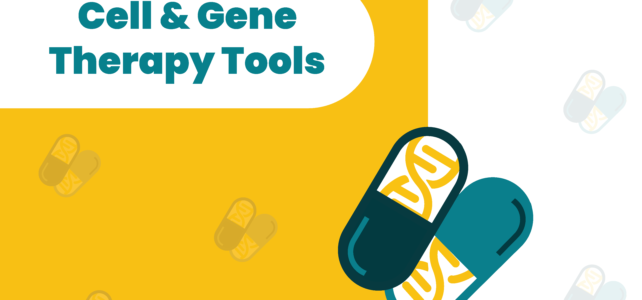
Many Cell & Gene therapies have been developed, but this field still needs further research. Our wide range of products are here to help. Have a look!
30% off Mesenchymal Stem Cells from Osteoarthritic Donors

Get 30% off Renovos’ Mesenchymal Stem Cells whilst stock lasts! Contact us with promo code ‘RenovosMSC’ to redeem this offer.
Skin Cells
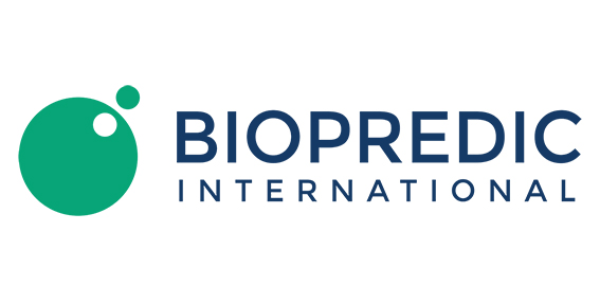
Biopredic International are able to provide a selection of skin cells, including Keratinocytes and Fibroblasts.
Fresh Human & Animal Hepatocytes

Biopredic International provides both human and animal hepatocytes, either plated or in suspension.
Atg12 Binding Cascade: Cross-talk Between Apoptosis and Autophagy
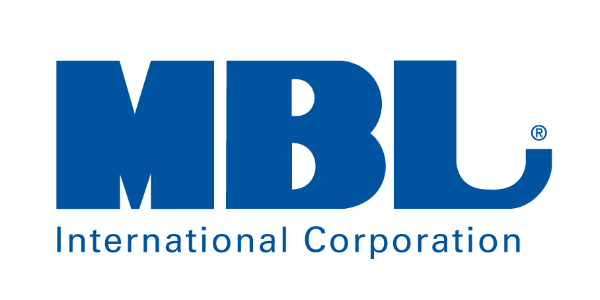
MBLI’s autophagy reagents include important targets such as LC3, p62/SQSTM1, ATG12, ATG14, ATG16L, ATG9, ULK1, and more.
